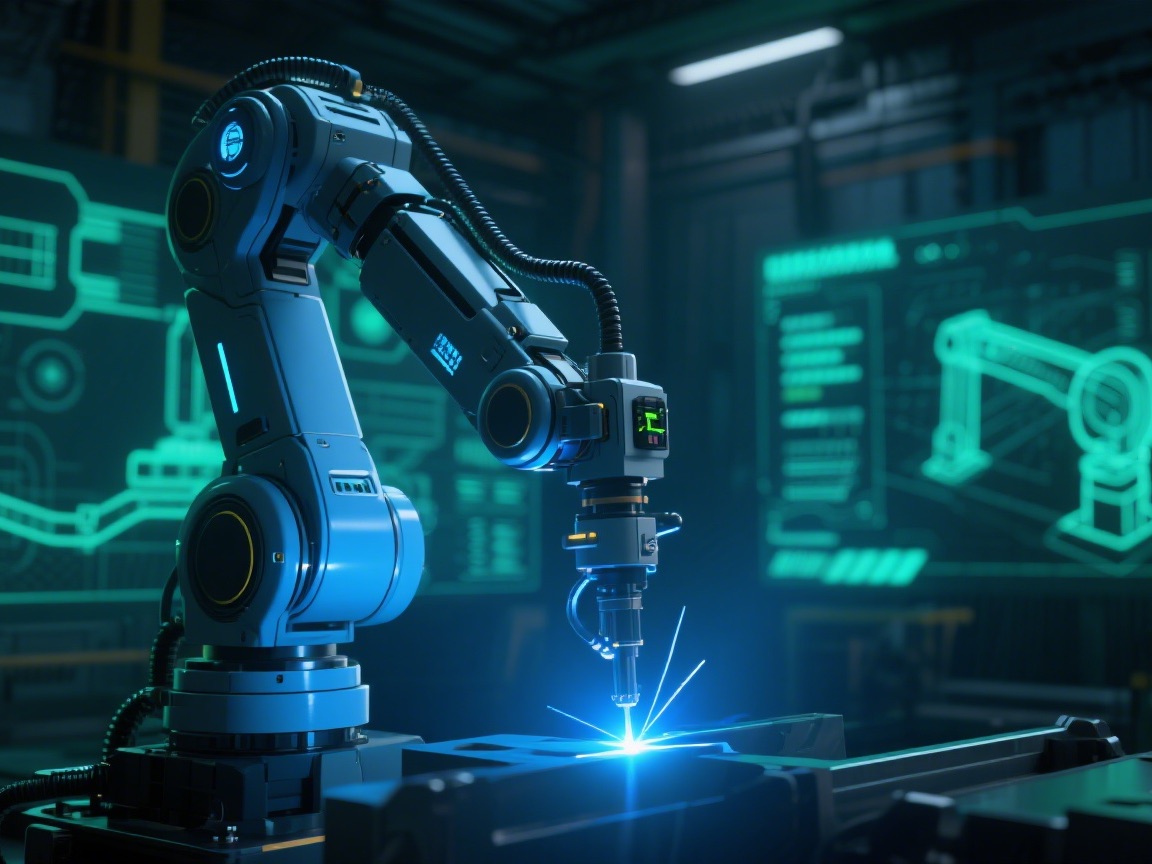 Industry News
Industry News Industrial Manufacturing: AI-Driven Upgrade of Smart Manufacturing
Industrial Manufacturing: AI-Driven Upgrade of Smart Manufacturing
2025-08-27
2025-05-13
2025-05-26
2025-06-03
2025-06-20
2025-11-20
 Current Affairs
Current AffairsQ1: What is a Walk-In Stability Chamber and Why Is It Important in the Pharmaceutical Industry?
A walk-in stability chamber is basically a controlled environment room. It’s designed to test how pharma products react to different temperature and humidity conditions over time. It lets scientists and manufacturers make sure medicines stay safe and effective for their entire shelf life.
Put simply, think of it as a climate-controlled test room where drugs are sort of “aged” under specific conditions. This helps predict how they’ll hold up during real-world storage and shipping. This process is a must for meeting international standards like ICH Q1A and GMP.
Q2: What Makes the Best Walk-In Stability Chamber for Pharmaceutical Labs?
When picking the best walk in stability chamber for pharmaceutical lab, precision and reliability are non-negotiable. Top-notch chambers have uniform temperature distribution, accurate humidity control, and automated data logging.
Modern systems also let you monitor remotely and have digital interfaces—these make long-term testing simpler and more accurate. For pharma R&D, these features ensure every test result is valid and repeatable.
Q3: How Do You Ensure a Walk-In Stability Chamber Meets Compliance Standards?
Every chamber has to go through walk in stability chamber calibration and validation before use. Calibration checks that sensors and controls are accurate; validation (IQ/OQ/PQ) makes sure the whole system works like it’s supposed to during regular use.
This process helps pharma companies follow strict rules from regulators like the FDA, EMA, or WHO. It also gives solid traceable records for audits—which is key for keeping GMP certification.
Q4: Can Walk-In Chambers Be Customized for Different Testing Needs?
Absolutely. A lot of pharma facilities now ask for custom walk in stability test room design to fit their specific workflow or space constraints.
Custom designs might include multiple test zones, modular shelving, or separate areas for accelerated vs. long-term studies. This flexibility lets companies mimic different storage conditions in one setup—saving both time and operational costs.
Q5: What Should You Consider When Installing a Walk-In Stability Chamber?
Installation is usually trickier than buyers think. Things like floor load capacity, airflow, and power supply all affect how well the chamber works. That’s why many companies check out walk in stability chamber installation service cost before buying.
Getting professional installation makes sure sensors, refrigeration units, and data systems are set up right. Some suppliers even offer turnkey services—things like design, installation, calibration, and maintenance—to help labs get up and running smoothly.
Q6: Why Are Chinese Suppliers Becoming a Popular Choice?
In recent years, a lot of global buyers have started partnering with a walk in stability chamber supplier in China. These manufacturers have competitive prices, solid after-sales support, and are getting better at automation and digital control.
Many Chinese brands now hold international certifications (ISO, CE) and offer custom options that stack up to European and American suppliers. For companies wanting cost-effective but compliant solutions, this is a smart pick.
Q7: How Do Walk-In Stability Chambers Support the Whole Drug Development Chain?
From early formulation work to final packaging, walk-in stability chambers keep quality in check throughout the entire pharma supply chain.
They make sure active pharmaceutical ingredients (APIs), intermediate mixes, and finished products all meet safety and efficacy standards under realistic storage conditions. This consistency makes them a key link connecting research, production, and regulatory compliance.
Final Thoughts
A walk-in stability chamber isn’t just a controlled room—it’s a guardian of drug quality and patient safety. As the pharma industry gets more complex, pairing digital precision, efficient design, and regulatory compliance will keep these chambers front and center in every successful drug development program.
Disclaimer: This website respects intellectual property rights. If any infringement is found, please contact this website in a timely manner for handling.